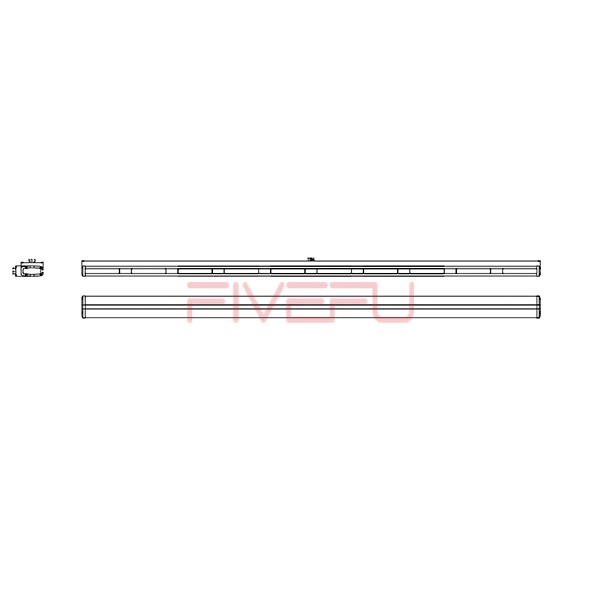Police car lights, often referred to as “emergency vehicle lighting,” are specialized visual warning lights fitted on the roof, front, or rear of police vehicles. These lights are distinctively bright, often flashing in patterns of blue, red, and sometimes white colors, designed to alert other road users of the police’s presence or to signal an emergency situation where immediate attention is required.
The utilization of these lights is governed by strict regulations that vary by jurisdiction but generally mandate their use during pursuits, when stopping vehicles, at crime scenes, or when navigating through traffic in emergency situations. The design and technology behind police car lights continue to evolve, enhancing visibility and effectiveness to ensure public safety and operational efficiency in law enforcement duties.
For businesses in the automotive or emergency equipment sectors, staying informed about the latest standards and innovations in emergency vehicle lighting can present valuable opportunities for product development and strategic partnerships with law enforcement agencies.
Flashing Lights:
- Visibility and Warning: Flashing lights are crucial for increasing the visibility of emergency vehicles, allowing them to navigate traffic safely and quickly during emergency responses.
- Color Coding: Different colors signify different services (e.g., blue for police, red for fire services, and combinations for ambulances), helping the public recognize the type of service and respond appropriately.
- Patterns and Technology: The lights may flash in various patterns designed to capture attention effectively. Advances in LED technology have improved the brightness and energy efficiency of these lights.
White police car lights:
- Enhanced Visibility: White lights provide bright, clear illumination, which is essential for police during traffic stops, searches, or when navigating through dark areas. They help illuminate the vehicle’s surroundings more effectively than colored lights alone.
- Signal Clarity: During a pursuit or emergency, flashing white lights can add to the urgency of the signal, making the emergency status more apparent to other road users.
- Tactical Use: In tactical situations, these lights can be used to disorient or temporarily impair the vision of suspects, thereby providing a tactical advantage to law enforcement officers.
Light Bars:
Light bars are essential equipment for emergency and public safety vehicles, including police cars, fire trucks, and ambulances. These devices are typically mounted on the roof of the vehicle and are designed to be highly visible and versatile, providing critical signaling capabilities in various emergency situations.
Features and Functions:
- Visibility and Alert: Light bars are designed to maximize visibility, ensuring that emergency vehicles can be seen from a distance and in poor visibility conditions. This is crucial for the safety of both the emergency responders and the public.
- Color and Patterns: These devices often feature a combination of flashing lights in colors like red, blue, and white, each signifying different emergency services. The lights may flash in various patterns, which can be critical for communicating specific emergency statuses or instructions to other road users.
- Durability and Integration: Constructed to withstand extreme weather and rough conditions, light bars are also integrated with other vehicle warning systems, such as sirens and communication devices, to provide a comprehensive emergency response solution.









